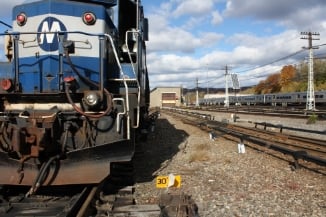 Metro North's most recent disaster involving an SUV and a commuter train at a crossing in Valhalla, is also its most deadly in its 30 year history. And it could have been avoided.
Metro North's most recent disaster involving an SUV and a commuter train at a crossing in Valhalla, is also its most deadly in its 30 year history. And it could have been avoided. We will never know what was going through the driver’s mind when she chose to drive forward across the tracks, instead of reversing out of the crossing. However, unfortunately, accidents of this type occur all too frequently. Rarely do they come with such loss of life.
As I write this, five passengers and the driver of the SUV, which caused the accident, are reported dead. At least 15 more passengers have reportedly suffered severe injuries including amputations, burns and smoke inhalation.
When looking at this train accident, the first question is, “What happened?” And the next of course, is, “How do we avoid it from happening again?”
Because these types of accidents are well known to occur, the railroad industry has responded and made available various devices to minimize the potential for such an accident. While not required by Federal Railroad Administration regulation, the Long Island Railroad long ago put in place at some of its crossings sensors on the crossing gates to send a signal and allow train dispatchers to know of potential issues at a crossing. Specifically, when the gate comes down against an obstruction, a signal is sent so that the train can be alerted to either slow down or at a minimum be made aware of a potential issue.
Metro North on the other hand, has no such sensors on any of its crossing gates in, any of the three states in which its trains operate. Out west, many of the busier freight crossings have video, both live and recorded, but this is another tool which Metro North has not availed itself of.

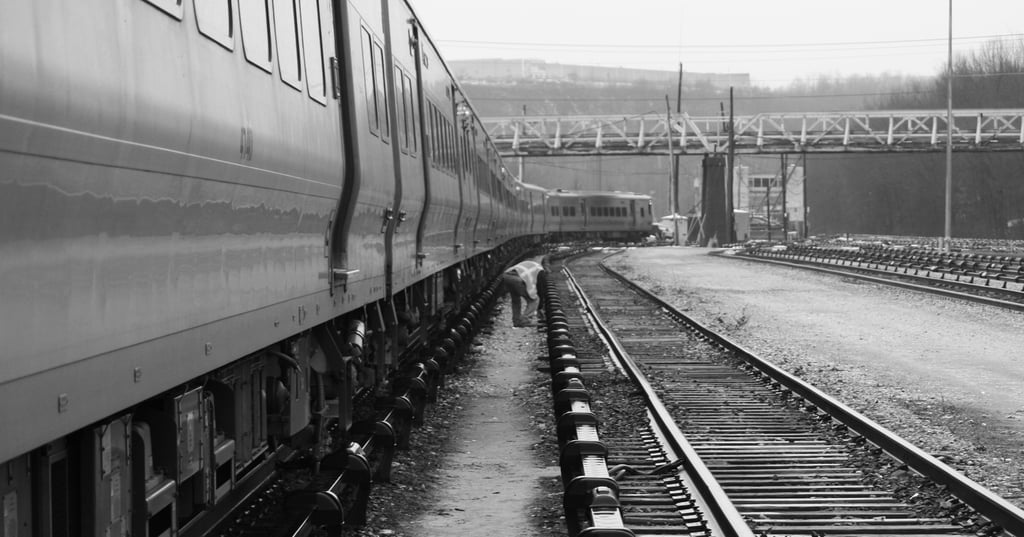
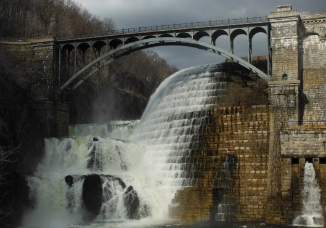
 How long do I have to file my case? Am I too late to file a claim with OSHA? Does my initial charge letter and the denial of my appeal give me different filing dates?
How long do I have to file my case? Am I too late to file a claim with OSHA? Does my initial charge letter and the denial of my appeal give me different filing dates? You probably know that your carrier pays workers that were injured on the job as a result of the carrier’s negligence. But what if the accident or injury was a little bit your fault?
You probably know that your carrier pays workers that were injured on the job as a result of the carrier’s negligence. But what if the accident or injury was a little bit your fault?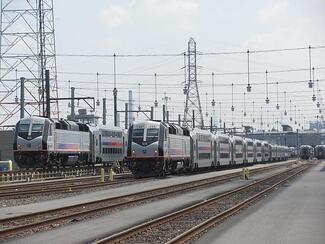 You knew when you signed up for a career on the rails that the job working around 30+ ton cars was dangerous. And after a few years on the job, you might even consider yourself prepared for the less obvious dangers like track debris and unstable ground. In our last blog we covered
You knew when you signed up for a career on the rails that the job working around 30+ ton cars was dangerous. And after a few years on the job, you might even consider yourself prepared for the less obvious dangers like track debris and unstable ground. In our last blog we covered  In my last blog about the everyday dangers railroad workers face on the job, I shared
In my last blog about the everyday dangers railroad workers face on the job, I shared  Next to “
Next to “ Have you been on the railroad over five years?
Have you been on the railroad over five years?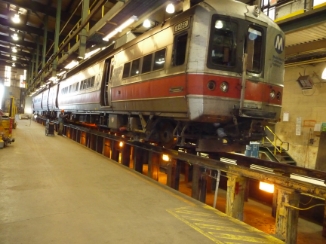 Should I tell my lawyer?
Should I tell my lawyer?





